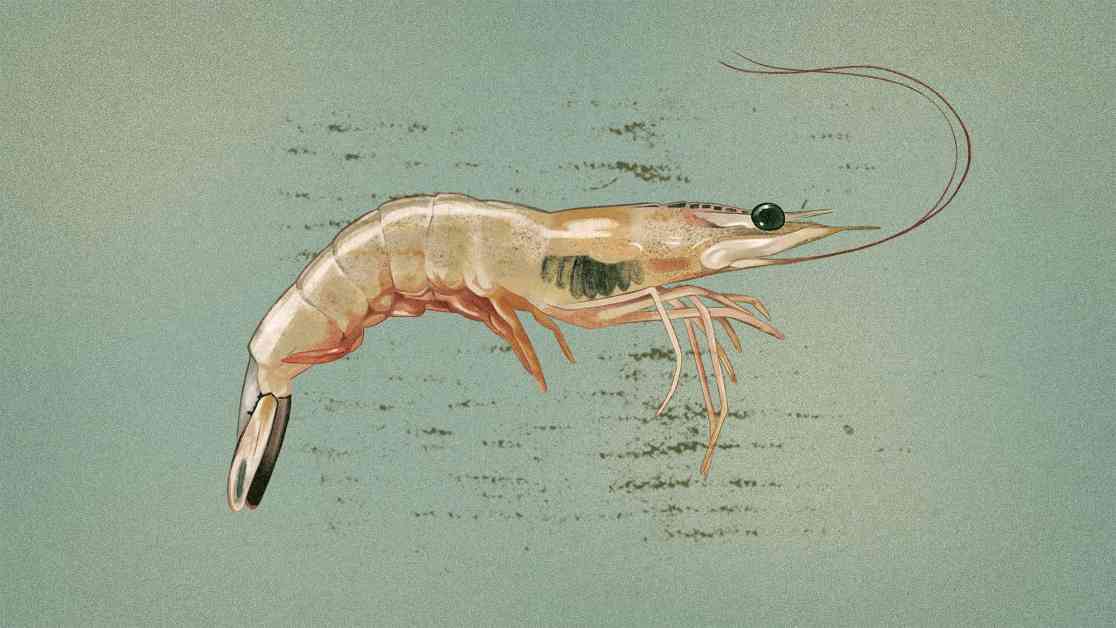The tangy scent of fresh shrimp fills the air at Bubba Gumbo’s and BG Seafood, a cozy restaurant and seafood market on Tybee Island, Georgia. Situated next to a bustling dock, this eatery is just one of many that pepper the creeks and rivers snaking through the coastal marshes of Georgia. From upscale dining spots to more laid-back joints like this one, these establishments offer a variety of seafood options, with shrimp taking the crown as the star of the show. Whether steamed, fried, or blackened, shrimp can be enjoyed in various ways, from salads to po’boys, or even swimming in a hearty bowl of gravy and grits. And let’s not forget about the local favorite: the low country boil, a scrumptious mix of shrimp, sausage, corn, and potatoes, seasoned to perfection and served in generous portions.
However, the once-thriving shrimp industry in Georgia is facing a steep decline, according to experts like Marc Frischer from the University of Georgia’s Skidaway Institute of Oceanography. With fewer than 200 shrimp boats now active along the coast, a significant drop from the 1,500 boats in the early 2000s, the local industry is struggling to stay afloat. The main culprit behind this downturn is the influx of foreign imports, particularly farm-raised shrimp from Asia and South America, which have flooded the market and driven prices down to a point where local shrimpers can no longer compete. As if that wasn’t enough, a new shrimp disease known as black gill has emerged, believed to be linked to climate change and posing further challenges to the already struggling industry.
In an effort to address the issue of foreign competition, coastal Republican Jesse Petrea introduced a bill in the Georgia legislature that would require restaurants to disclose the origin of their shrimp. Many eateries along the shrimp-rich coast are unknowingly serving imported shrimp, raising concerns of consumer fraud. Despite the push for clearer labeling, the battle to revive the domestic shrimp industry remains an uphill one. Charlie Phillips, a former shrimp catcher and packer, highlights the challenges faced by packing houses and shrimpers alike, as they grapple with dwindling profits and limited resources to compete against cheaper imports. While some are hopeful that new tariffs imposed by the Trump administration may help boost prices of imported shrimp, others remain skeptical, fearing that the imported alternative will still prevail due to cost considerations.
As the industry grapples with financial woes, another shadow looms over shrimpers in the form of a long-standing medical mystery known as black gill. This condition, characterized by dark discoloration in shrimp gills, has plagued shrimpers since the ’90s, spreading from the Gulf to the Chesapeake Bay. Scientists like Frischer have shed light on the causes of black gill, attributing it to a microorganism known as a ciliate that attaches itself to the gills of shrimp. The impact of black gill on Georgia’s shrimp population has been significant, affecting their respiration rates and making them more susceptible to predators. While the shrimp population has shown resilience in the face of black gill, the emergence of new climate-driven diseases poses a threat to species and ecosystems, emphasizing the need for accelerated research and response to such challenges.














